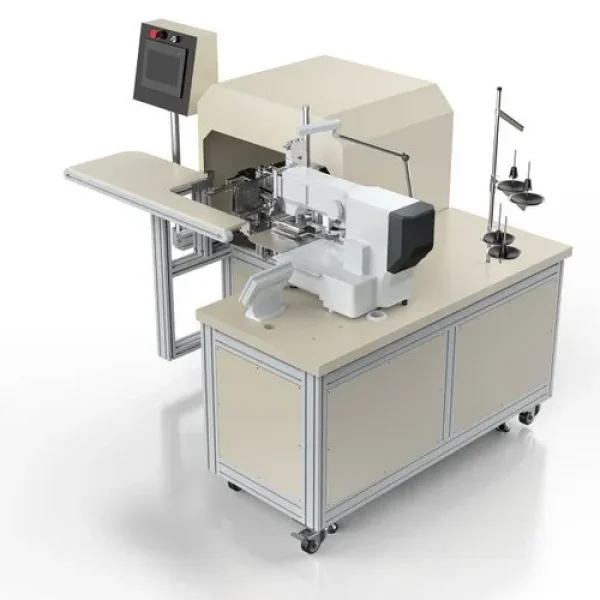Project Report For Lace Making Machine
Introduction
Project Report for Lace Making Machine is as follows.
Lace-making is a traditional craft in India that has been practiced for centuries. While handmade lace is still produced in many parts of the country, lace-making machines have become increasingly popular in recent years. The different types of lace-making machines used in the country, and their impact on the industry.
Before the introduction of lace-making machines, all lace was produced by hand. This was a slow and labor-intensive process that required great skill and patience. However, handmade lace was highly valued for its intricate designs and delicate beauty. It was used to embellish clothing, tablecloths, and other household items.
Types Of Lace Macking Machine
- Bobbin lace:
In addition to Torchon, a geometric lace produced in every nation where bobbin lace is produced, traditional English bobbin laces include Honiton, Bucks Point, and Bedfordshire, each of which has unique qualities but is connected to lace manufactured in other European countries.
- Needle lace:
It is made with a needle and thread, primarily with variations of detached buttonhole stitch. For nineteenth-century tape laces and the needlelace, often worked in color, that has been part of the twentieth/twentieth-century revival, stitches and techniques have been borrowed from other traditions.

Benefits of Lace Making Machine
To ensure quality and efficiency when sewing and producing goods, it’s crucial to employ the proper tools and machinery. An ultrasonic lace sewing machine is one of these tools that can be quite advantageous to your company. This kind of machine bonds fabrics together using high-frequency vibrations, giving a secure and long-lasting hold.
- Efficiency and productivity gains Your company’s production and efficiency can be significantly improved by a lace sewing machine. Threading needles, switching bobbins, and adjusting tension are time-consuming tasks associated with traditional sewing machines. Using an ultrasonic lace machine speeds up and improves efficiency because there are no needles or threads needed. Faster manufacturing times and higher levels of productivity are possible thanks to the rapid bonding of the fabrics by the high-frequency vibrations.
- Saving money Long-term financial savings can also be achieved with ultrasonic lace stitching machines. Traditional sewing machines need bobbins, thread, and needles, all of which build up over time. These machines may also frequently have problems like thread breakage or needle jamming, which may result in the requirement for additional maintenance and repair expenses. In the long term, they are a more cost-effective choice because it eliminates the need for these supplies and the accompanying expenses.
- Higher-Quality Products The quality of your products can be significantly improved by using this machine. The strong and long-lasting bond formed between the fibres by the high-frequency vibrations results in a more stable grasp that can withstand wear and tear. The fabric is not punctured by this form of bonding, unlike traditional sewing techniques. By doing this, the finished product will have a cleaner, more polished appearance, which can help your business draw in more clients.
Project Report Sample on
Lace Making Machine
Get Completely Custom Bankable Project Report
Market Potential for Lace Making Machine
The market for textile machinery worldwide is estimated to be worth US$ 29 billion in 2023 and is anticipated to grow to US$ 52 billion by 2033, exhibiting a CAGR of 6.1% during the forecast period.
Textile machines are employed in the production and processing of textiles, apparel, and other materials. The weaving, spinning, and dying processes all employ these tools. To make dyes and finishes for fibre, yarn, and thread, textile machinery is also used. The creation of fabrics, yarn, dyed and printed fabrics, pre-treating of fibres, and application of finishing treatments are all part of the textile manufacturing process.
The growth rate of the lace making machine market in India is significant due to the increasing demand for lace products in the country. With the rise in the fashion industry and the growing trend of customization, the demand for lace products has increased significantly. The potential customer base for lace making machines in India is vast, ranging from small-scale businesses to large textile industries. The demand for lace products is high in the wedding, fashion, and home decor industries.

